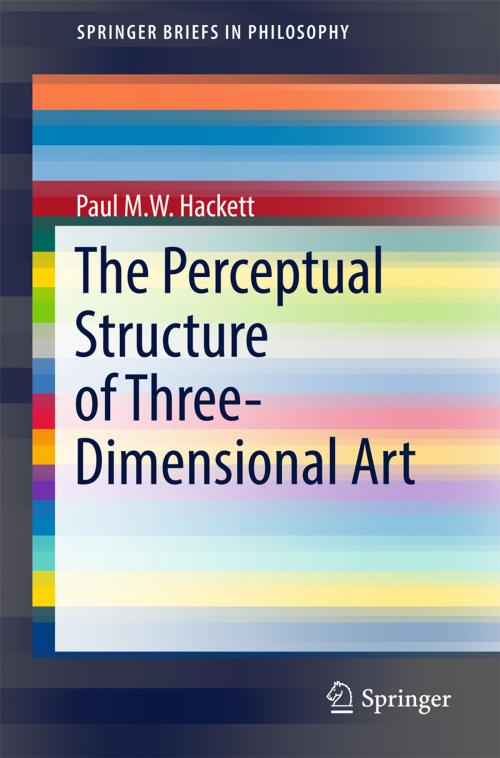The Perceptual Structure of Three-Dimensional Art
Nonfiction, Religion & Spirituality, Philosophy, Aesthetics| Author: | Paul M.W. Hackett | ISBN: | 9783319484525 |
| Publisher: | Springer International Publishing | Publication: | December 26, 2016 |
| Imprint: | Springer | Language: | English |
| Author: | Paul M.W. Hackett |
| ISBN: | 9783319484525 |
| Publisher: | Springer International Publishing |
| Publication: | December 26, 2016 |
| Imprint: | Springer |
| Language: | English |
This book deals with philosophical aspects regarding the perception of spatial relationships in two and three-dimensional art. It provides a structural understanding of how art is perceived within the space created by the artwork, and employs a mapping sentence and partial order mereology to model perceptual structure. It reviews the writing of philosophers such as Paul Crowther and art theorists such as Krauss to establish the need for this research. The ontological model established Paul Crowther is used to guide an interactive account of his ontology in the interpretations of the perceptual process of three-dimensional abstract art to allow the formulation of a more comprehensive philosophical account. The book uniquely combines structuralist and post-structuralist approaches to artistic perception and understanding with a conceptual structure from facet theory, which is clarified with the help of a mapping sentence and partial order mereology.
This book deals with philosophical aspects regarding the perception of spatial relationships in two and three-dimensional art. It provides a structural understanding of how art is perceived within the space created by the artwork, and employs a mapping sentence and partial order mereology to model perceptual structure. It reviews the writing of philosophers such as Paul Crowther and art theorists such as Krauss to establish the need for this research. The ontological model established Paul Crowther is used to guide an interactive account of his ontology in the interpretations of the perceptual process of three-dimensional abstract art to allow the formulation of a more comprehensive philosophical account. The book uniquely combines structuralist and post-structuralist approaches to artistic perception and understanding with a conceptual structure from facet theory, which is clarified with the help of a mapping sentence and partial order mereology.















